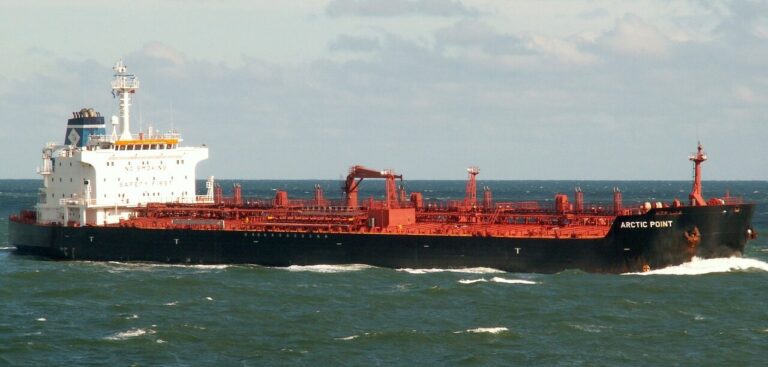A new study has found that the Arctic Ocean is getting foggier as ice disappears, reducing visibility and causing costly delays to trans-Arctic shipping as vessels slow to avoid sea ice.
As the Arctic warms and loses sea ice with the warming climate, trans-Arctic shipping has increased, reducing travel time and costs for international trade. Shipping channels have opened in the Northwest Passage and the Northern Sea Route, allowing even non-icebreaker vessels to skip the time-consuming Panama and Suez Canals farther south. But as the ice recedes, cold air is exposed to more warm water, and warm vapor condenses into fog in those new passages. Hidden chunks of ice already pose risks to vessels making their way through foggy, low-visibility routes.
Xianyao Chen, a physical oceanographer at the Ocean University of China and author of the study, said, “The future of shipping in the Arctic is unclear, but fog could pose a significant challenge. When designing shipping routes across the Arctic, we need to consider the impact of fog.”
To examine how climate change has affected fog conditions along Arctic shipping routes, and see how conditions will change during the 21st century, researchers used data on Arctic fog collected from 1979 to 2018 and climate projections from the fifth phase of the Coupled Model Intercomparison Project (CIMP5). The researchers also modeled alternative routes that could minimize foggy days during transit.
It was discovered that ships crossing the Northwest Passage are more likely to encounter fog than ships in the Northern Sea Route. Fog in the Northwest Passage, which avoids the Panama Canal, is more frequent and persistent and so likely to increase sailing time by up to three days. Sailing time for the less-foggy Northern Sea Route, avoiding the Suez Canal, is projected to be no more than one day longer. According to the study, both proposed passages would encounter less fog if the routes shifted farther away from the sea ice edge.
Fog is already cutting into time gained by taking the much shorter Arctic routes, with slower shipping speeds on foggy days than clear days. According to Chen, as the Arctic becomes foggier, shipping could continue to slow unless routes are adjusted. With daily operating costs for large container ships typically reaching US$50,000 to US$150,000, a multi-day delay due to fog quickly increases the cost of a trans-Arctic crossing.
To view the complete study published in the journal Geophysical Research Letters, click here.



